Scientific name Peromyscus Rank Genus Order Rodent | Tribe Reithrodontomyini Higher classification Sigmodontinae Phylum Chordata | |
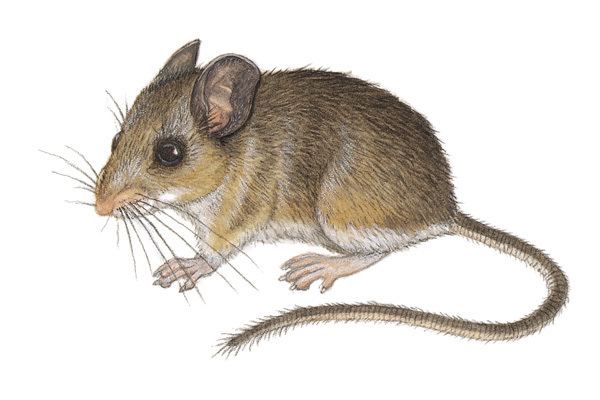 | ||
Lower classifications Peromyscus maniculatus, White‑footed mouse, Oldfield mouse, California mouse, Cactus mouse | ||
Deer mouse facts live captured north american deer mouse peromyscus maniculatus
The genus Peromyscus contains the animal species commonly referred to as deer mice. This genus of New World mice is only distantly related to the common house mouse and laboratory mouse, Mus musculus. Although superficially resembling Mus musculus, Peromyscus species have relatively larger eyes, and also often two-tone coloring, with darker colors over the dorsum (back), and white abdominal and limb hair-coloring. In reference to the coloring, the word Peromyscus comes from Greek words meaning "booted mouse".
Contents
- Deer mouse facts live captured north american deer mouse peromyscus maniculatus
- Peromyscus mouse paternal behavior
- Hantavirus
- Lyme disease
- Other diseases
- Use as a laboratory animal
- Species
- References
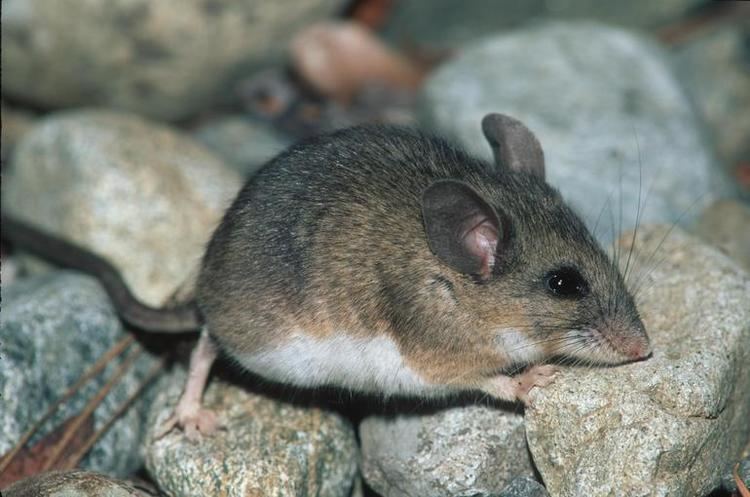
They are also accomplished jumpers and runners by comparison to house mice, and their common name of "deer mouse" (coined in 1833) is in reference to this agility.

The most common species of deer mice in the continental United States are two closely related species, P. maniculatus, and P. leucopus. In the United States, Peromyscus is the most populous mammalian genus overall, and has become notorious in the western United States as a carrier of hantaviruses.
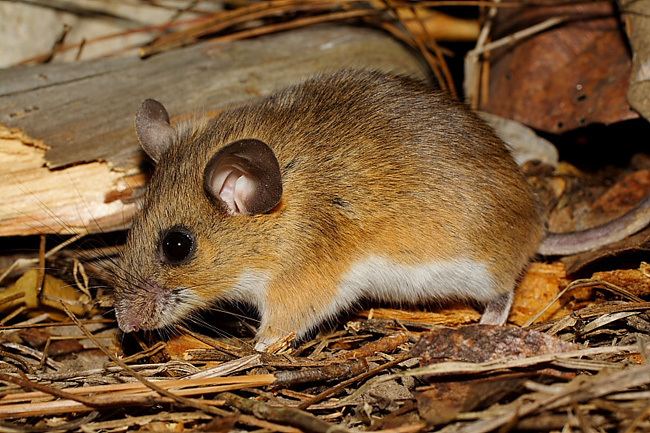
Peromyscus mouse paternal behavior
Hantavirus
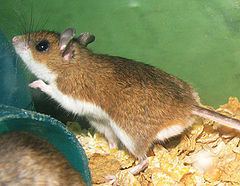
The deer mouse came to the attention of the public when it was discovered to be the primary reservoir species for Sin Nombre hantavirus.
Lyme disease
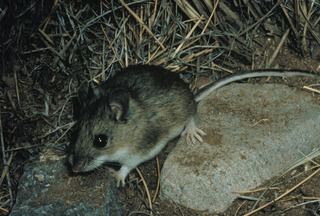
A recent study in British Columbia of 218 deer mice showed 30% (66) were seropositive for B. burgdorferi, the agent of Lyme disease.
Other diseases
Ehrlichiosis and babesiosis are also carried by the deer mouse.
Use as a laboratory animal
While wild populations are sometimes studied, Peromyscus is also easy to breed and keep in captivity, although they are more energetic and difficult to handle than the relatively more tame Mus musculus. For certain studies, Peromyscus is also favoured over the common laboratory mouse (Mus musculus) and the laboratory rat (Rattus norvegicus). Apart from their importance in studying infectious diseases, Peromyscus species are useful for studying phylogeography, speciation, chromosomes, genetics, ecology, population genetics, and evolution in general. They are also useful for researching repetitive movement disorders. Their use in aging research is because Peromyscus spp., despite being of similar size to the standard laboratory mouse, have maximum lifespans of five to seven years, compared to the two- to three-year maximum lifespan of ad libitum-fed laboratory strains or wild-caught M. musculus.
The Peromyscus Genetic Stock Center at the University of South Carolina was established by Professor Wallace Dawson in 1985 to raise animals of the peromyscine species for research and educational use. This institute maintains populations of several different species (including Peromyscus californicus, Peromyscus maniculatus, Peromyscus melanophrys, Peromyscus eremicus, and Peromyscus aztecus). A variety of mutations affecting their behavior, biochemistry, and the color of their coats are exhibited in these genetic lines.
